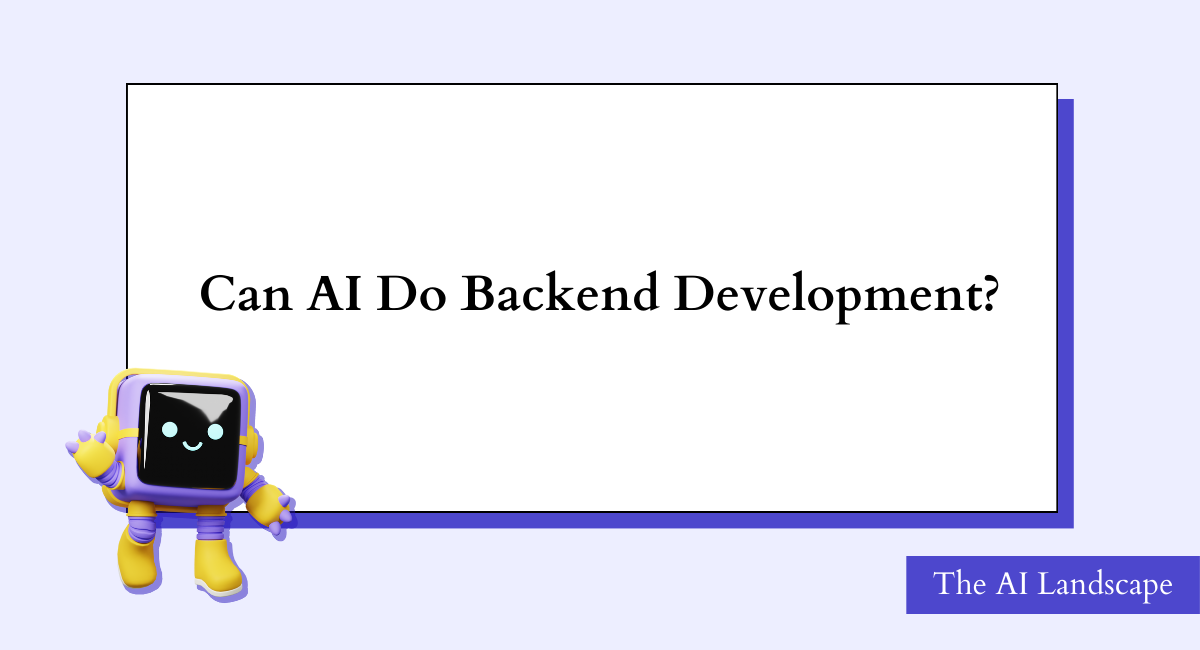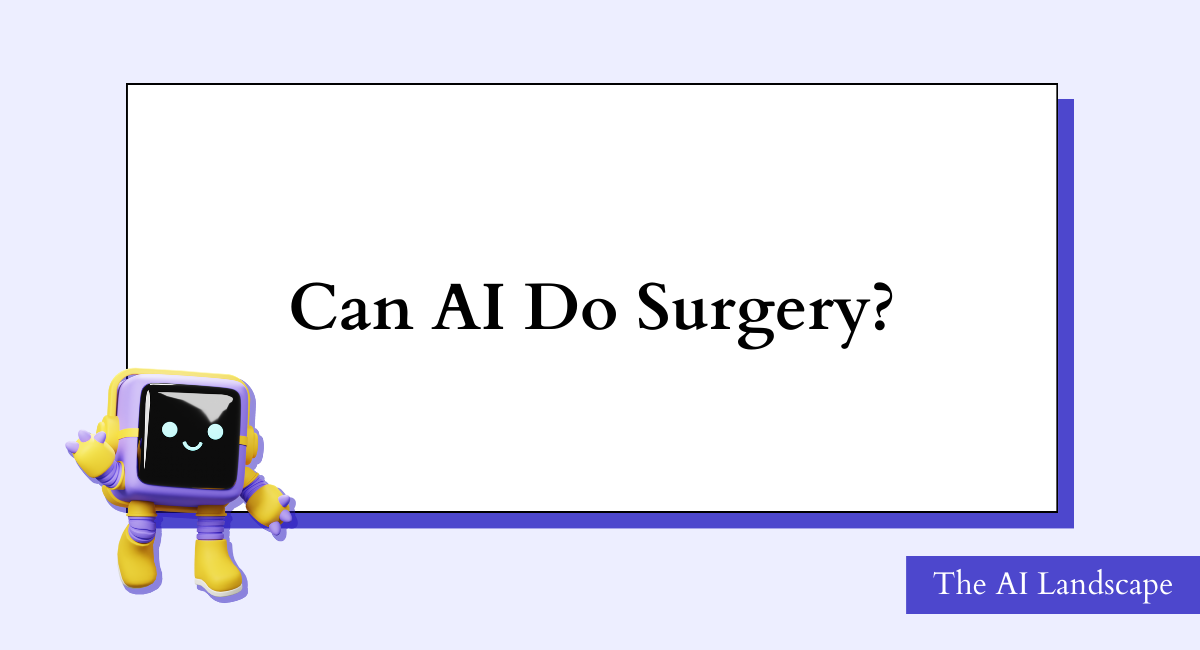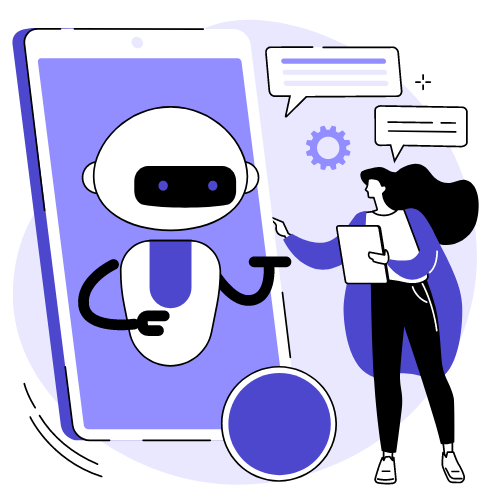Yes, AI can now generate novel ideas and approaches, suggesting some ability in divergent thinking. However, it still struggles with true originality and the “human touch” of conceptual blending. The debate on AI’s full creative potential is ongoing.
If you are new to these terms. let us first understand the basics:
What Is Divergent Thinking?
Divergent thinking is a thought process that involves generating creative ideas by exploring many possible solutions or perspectives. It focuses on the generation of multiple unique and varied ideas from a single starting point.

Unlike convergent thinking, which aims to find the single best solution to a problem, divergent thinking encourages exploration, brainstorming, and considering multiple possibilities without judging or critiquing them immediately.
It’s a key aspect of creativity, problem-solving, and innovative thinking, often used in brainstorming sessions or creative endeavors.
What Makes AI Do Divergent Thinking?
AI conducts divergent thinking through algorithms designed to explore and generate various possibilities.
Here are a few key elements that enable AI to engage in divergent thinking:
- Generative Models: Models like GPT (Generative Pre-trained Transformer) are built to generate human-like text based on the patterns they’ve learned from vast amounts of data. These models can generate diverse and creative responses by exploring different linguistic patterns and combinations.
- Variational Autoencoders (VAEs) and Generative Adversarial Networks (GANs): These models are designed to generate new content, whether images, music, or text, by learning patterns from existing data and then generating novel outputs that may not exist in the original dataset. They encourage the creation of diverse outputs through the exploration of different variations.
- Reinforcement Learning with Exploration Strategies: In reinforcement learning, AI agents learn by trial and error, sometimes employing exploration strategies that encourage discovering new and diverse solutions. By balancing exploitation (utilizing known successful strategies) with exploration (trying new strategies), AI can generate a range of potential solutions.
- Diverse Training Data and Techniques: Training AI models with diverse datasets and employing techniques like augmentation (adding variations to existing data) helps expose AI systems to a wide array of scenarios, enhancing their ability to produce diverse outputs.
With all these capabilities, AI is on a path to do more divergent thinking than convergent thinking. In the future, we might see a more advanced approach to the decision-making process implied by artificial intelligence models.





